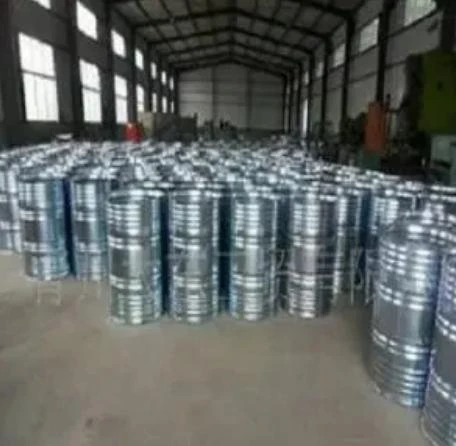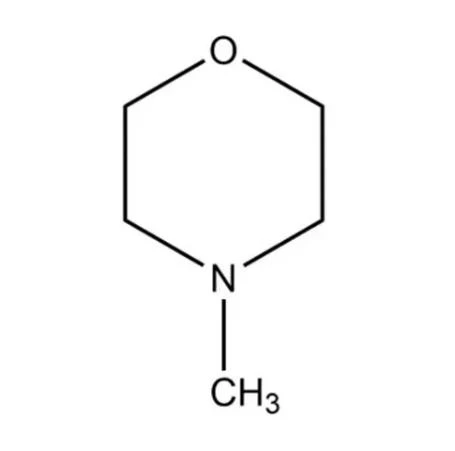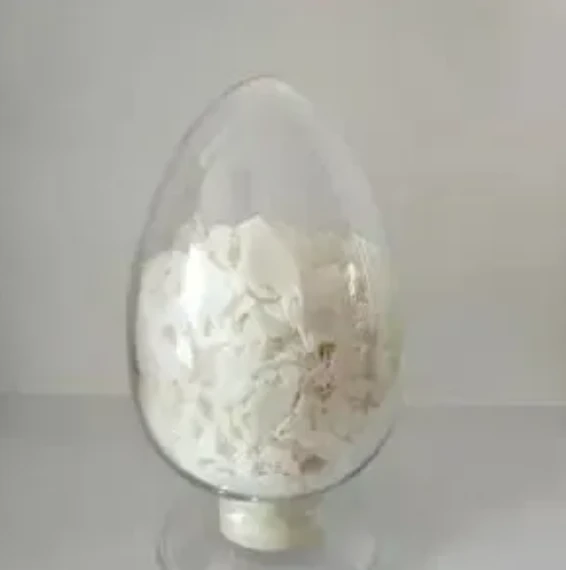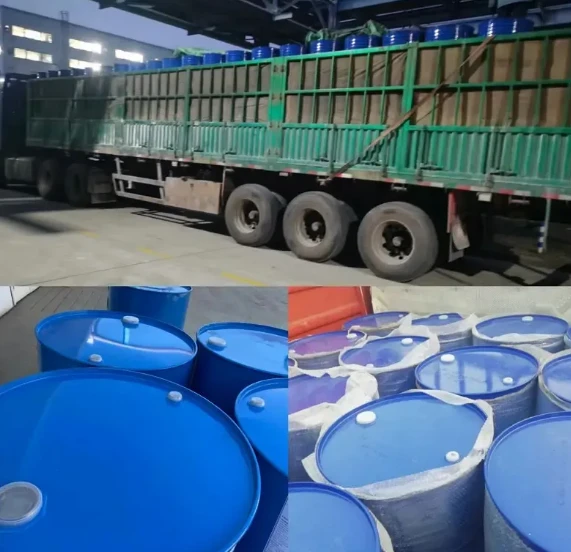sodium carboxymethyl cellulose uses in food

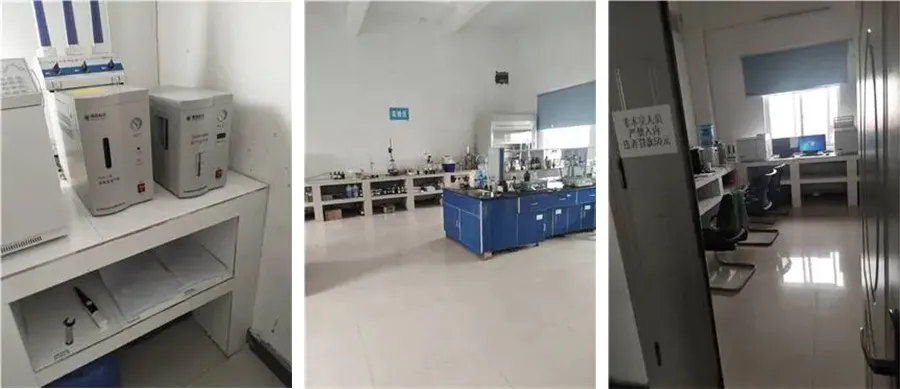
Another critical application of sodium CMC is found in low-fat and reduced-calorie foods. Consumers increasingly demand healthier options without compromising on taste and texture. Sodium CMC addresses this challenge effectively by mimicking the mouthfeel and richness typically provided by fats. This application is especially important in salad dressings and sauces, where it maintains the desirable creamy consistency crucial for consumer acceptance. In the realm of confectionery, sodium CMC is an invaluable ingredient due to its gelling properties. It effectively controls sugar crystallization in candies and jellies, ensuring a stable texture and prolonged shelf life. This not only enhances product quality but also reduces the risk of spoilage, which is a significant concern for confectionery manufacturers. Beyond these functional benefits, the safe consumption of sodium CMC is reinforced by regulatory approvals from food safety authorities globally, such as the FDA and EFSA, enhancing product credibility and consumer trust. Manufacturers are assured of its safety, allowing them to responsibly incorporate this additive into their products. In conclusion, sodium carboxymethyl cellulose’s diverse applications in food production underscore its importance as an essential ingredient in the modern food industry. Its ability to enhance texture, stability, and shelf life while adhering to stringent safety standards positions it as a cost-effective solution for improving food products. As consumer preferences continue to evolve, sodium CMC’s adaptability ensures it remains a cornerstone in food product development, meeting both manufacturer needs and consumer expectations.
Post time: Gen . 26, 2025 05:59












